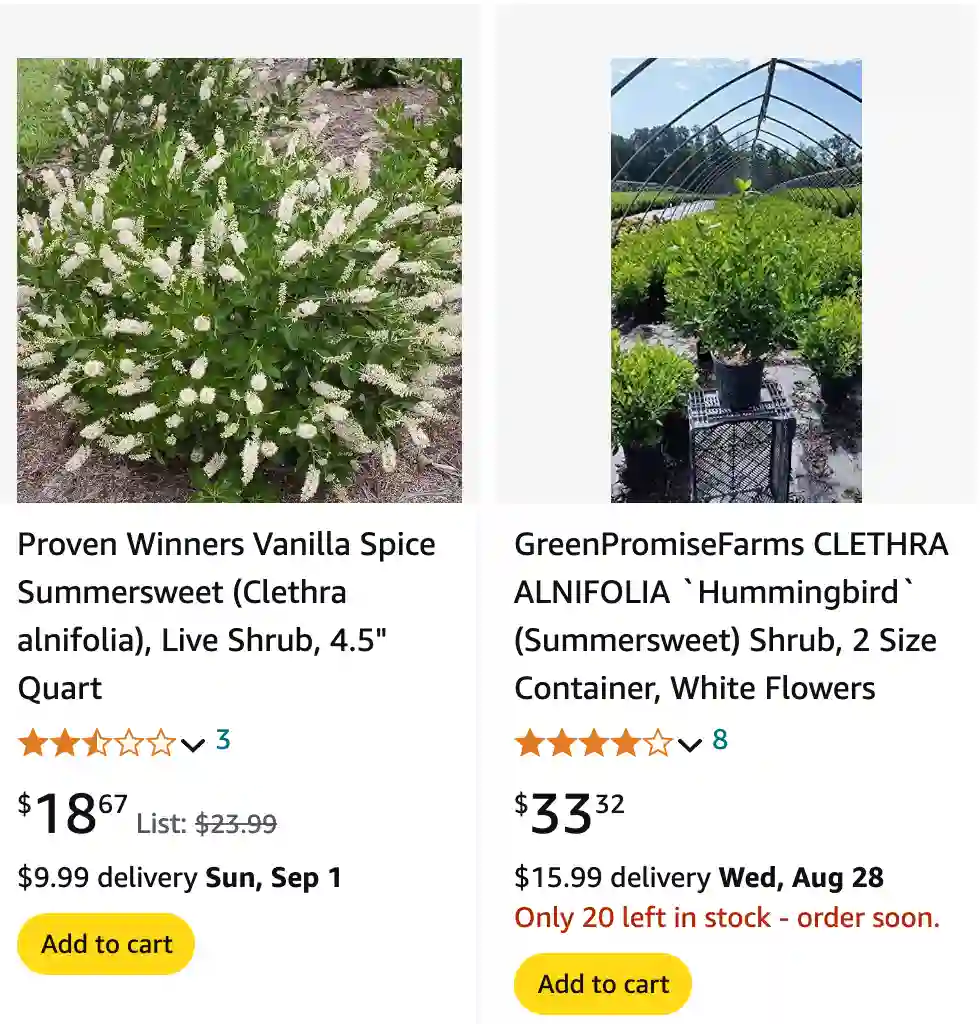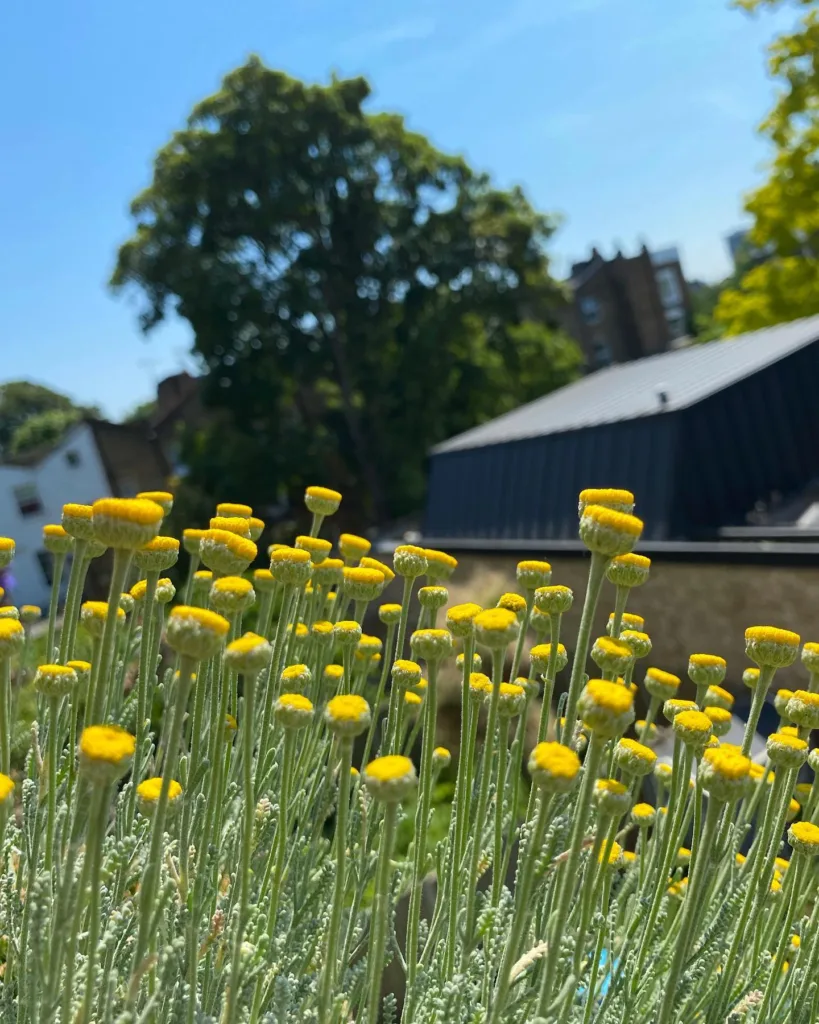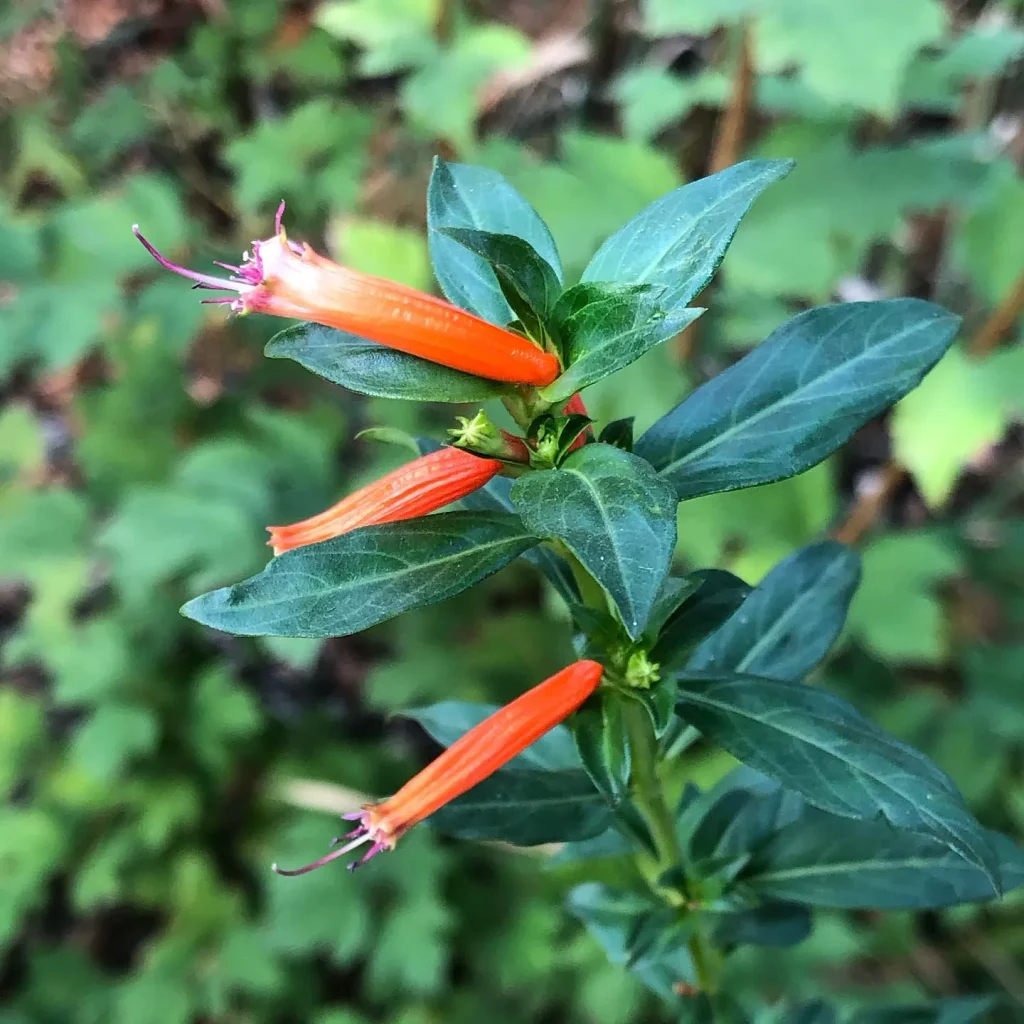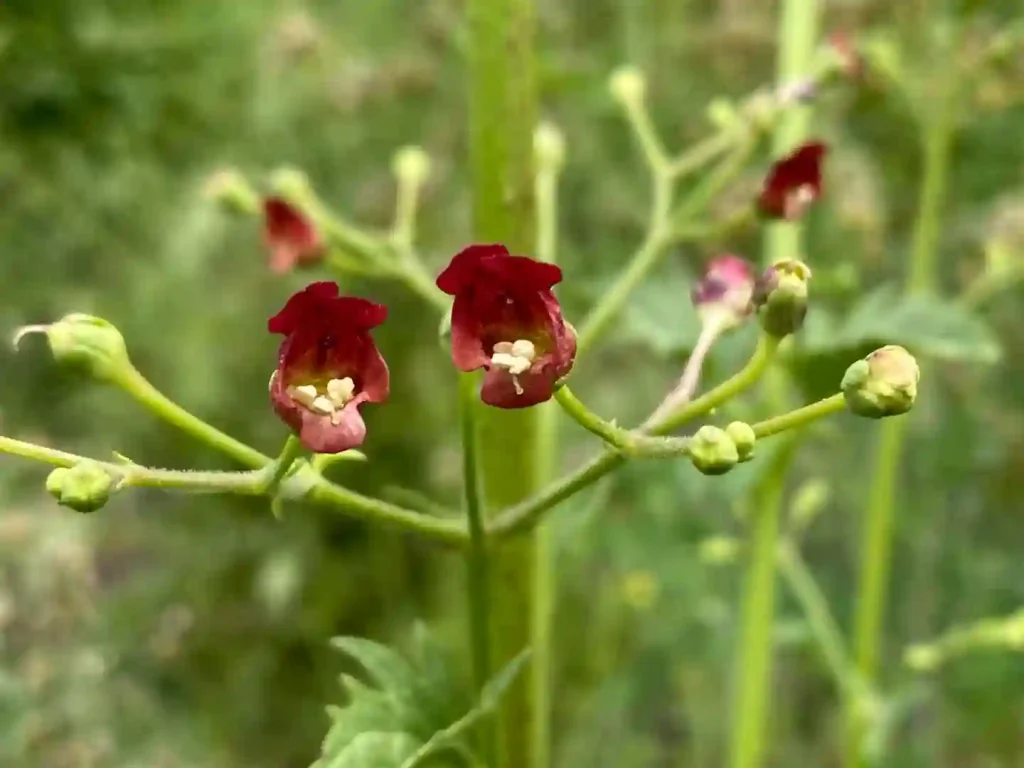
FAQs About Clethra Alnifolia
Clethra Alnifolia, often known as Summersweet Clethra, is a delightful shrub that brings both beauty and fragrance to the garden. Over the years, I’ve encountered many questions about this versatile plant. Let me share some insights based on my experiences and knowledge.
87 Species in Genus Clethra
How to Plant Clethra Alnifolia?
Planting Clethra Alnifolia is straightforward. Choose a location that offers full sun to partial shade. It thrives in moist, well-drained soil with a slightly acidic to neutral pH. To start, dig a hole twice the width of the root ball and just as deep. Place the shrub in the hole, ensuring that the top of the root ball is level with the surrounding soil. Backfill with soil, water thoroughly, and mulch around the base to retain moisture. Regular watering is essential, especially during the first growing season.
How to Care for Clethra Alnifolia?
Caring for Clethra Alnifolia involves a few key steps. Ensure it receives adequate water, particularly during dry spells. Mulching helps keep the soil moist and can also suppress weeds. Fertilize in early spring with a balanced fertilizer to encourage healthy growth. Pruning is usually done after flowering to maintain shape and remove any dead or diseased wood. Clethra Alnifolia is relatively low-maintenance but benefits from regular checks for pests and diseases.
How to Prune Clethra Alnifolia?
Pruning Clethra Alnifolia is best done right after flowering, typically in late summer. This timing allows the plant to set buds for the next year. Start by removing any dead or diseased branches. If you want to shape the shrub or control its size, trim the outer branches lightly. Avoid heavy pruning as this can reduce the plant’s flowering potential. Regular, light pruning helps maintain a compact shape and encourages vigorous growth.
When to Prune Clethra Alnifolia?
The ideal time to prune Clethra Alnifolia is immediately after it finishes blooming, which is usually in late summer. This allows the shrub to develop new growth and set buds for the following year’s flowers. Pruning at this time minimizes the risk of cutting off potential flower buds and promotes healthier, more robust growth.
Is Clethra Alnifolia Deer Resistant?
Yes, Clethra Alnifolia is generally considered deer resistant. Its fragrant flowers and foliage are less attractive to deer compared to other plants. However, in times of extreme hunger or limited food sources, deer might nibble on it. In my garden, I’ve found that Clethra Alnifolia remains largely untouched by deer, making it a reliable choice for deer-prone areas.
Is Clethra Alnifolia Invasive?
No, Clethra Alnifolia is not considered invasive. It is native to eastern North America and generally behaves well in garden settings. It spreads through suckering, but this growth is manageable with regular maintenance. In my experience, it integrates nicely into most garden designs without becoming a nuisance.
Where to Buy Clethra Alnifolia?
You can purchase Clethra Alnifolia at local nurseries, garden centers, and online plant retailers. Many specialty nurseries offer a range of varieties, so you might find options that suit your specific garden needs. I’ve had good luck with online orders from reputable plant suppliers, but always ensure the nursery provides healthy, well-cared-for plants.
Is Clethra Alnifolia Evergreen?
No, Clethra Alnifolia is not evergreen. It is a deciduous shrub, meaning it loses its leaves in the fall. Despite this, its vibrant summer blooms and attractive foliage make it a standout in the garden. In my garden, the transition to winter gives way to other seasonal interests, but Clethra Alnifolia’s summer display is well worth the wait.
Is Clethra Alnifolia Juglone Tolerant?
Clethra Alnifolia is generally tolerant of juglone, a chemical produced by black walnuts that inhibits the growth of many plants. This tolerance makes it a suitable choice for planting near black walnut trees. I’ve planted Clethra Alnifolia in areas where juglone is present, and it has performed well without noticeable stress.
Is Clethra Alnifolia Poisonous?
No, Clethra Alnifolia is not considered poisonous. It is safe for pets and children, making it a great addition to family gardens. I’ve never encountered any issues with toxicity in my own garden, and it’s reassuring to have a beautiful, non-toxic plant around.
What’s Eating the Leaves of My Clethra Alnifolia?
If you notice holes or damage on the leaves of your Clethra Alnifolia, it could be due to various insects, such as caterpillars or beetles. Inspect the plant regularly for signs of pests. In my experience, pests are usually manageable with natural insecticides or by introducing beneficial insects. Keeping your garden healthy and well-maintained helps minimize pest problems.
How to Propagate Clethra Alnifolia?
Clethra Alnifolia can be propagated through seed, cuttings, or by dividing established plants. Seeds should be stratified before planting. For cuttings, take semi-hardwood cuttings in late summer and root them in a mix of peat and perlite. Dividing established plants is best done in early spring or fall. Propagation can be a rewarding way to expand your garden with more of this lovely shrub.
What to Plant With Clethra Alnifolia?
Clethra Alnifolia pairs well with other shade-tolerant plants like hostas, ferns, and astilbes. Its fragrant blooms complement the foliage and flowers of these companion plants. I often combine it with shade-loving perennials to create a lush, layered garden bed that thrives in partial to full shade.
Clethra Alnifolia is a versatile and attractive shrub with much to offer. Whether you’re planning to plant it, care for it, or simply enjoy its beauty, I hope these FAQs help you make the most of this wonderful garden addition.
If i die, water my plants!



